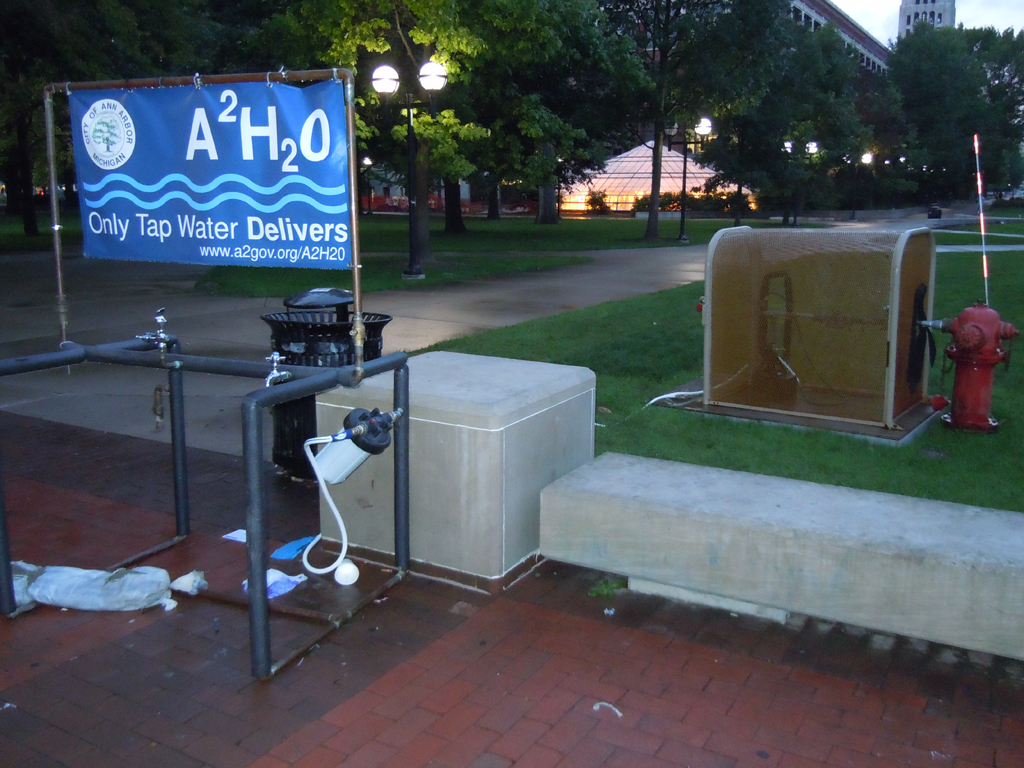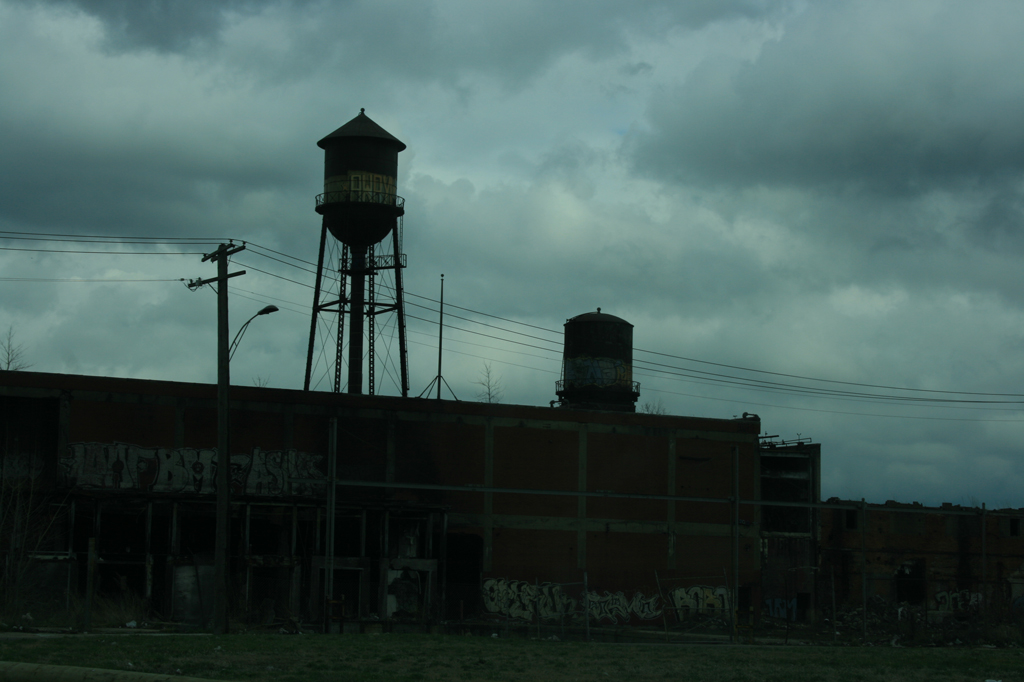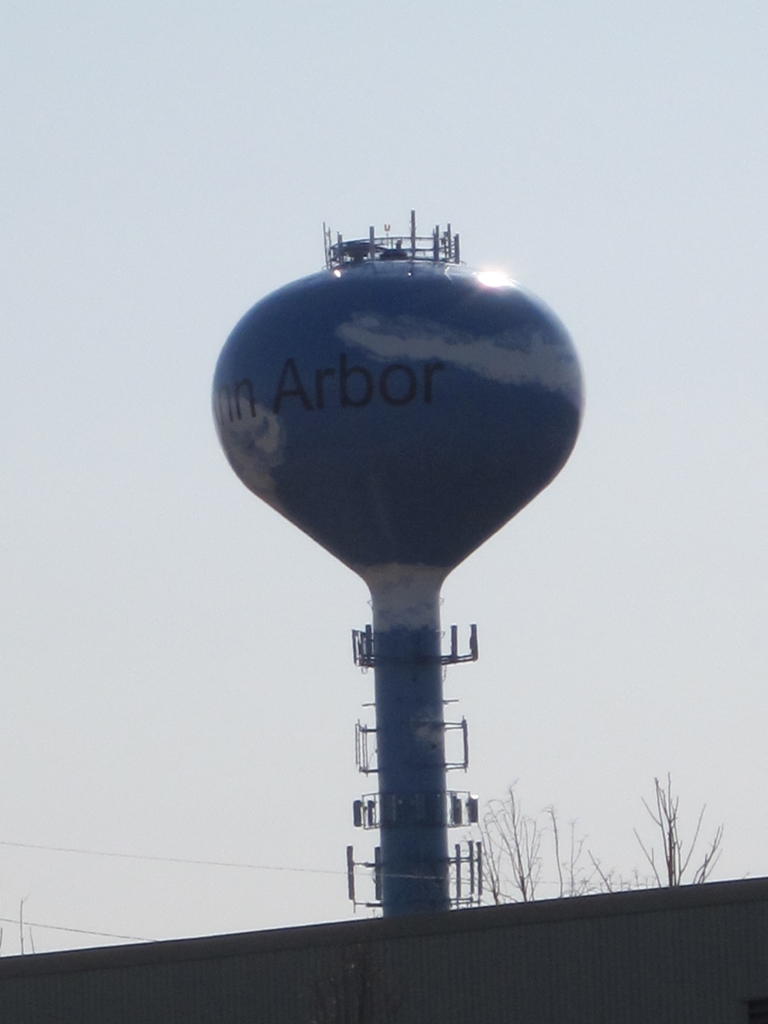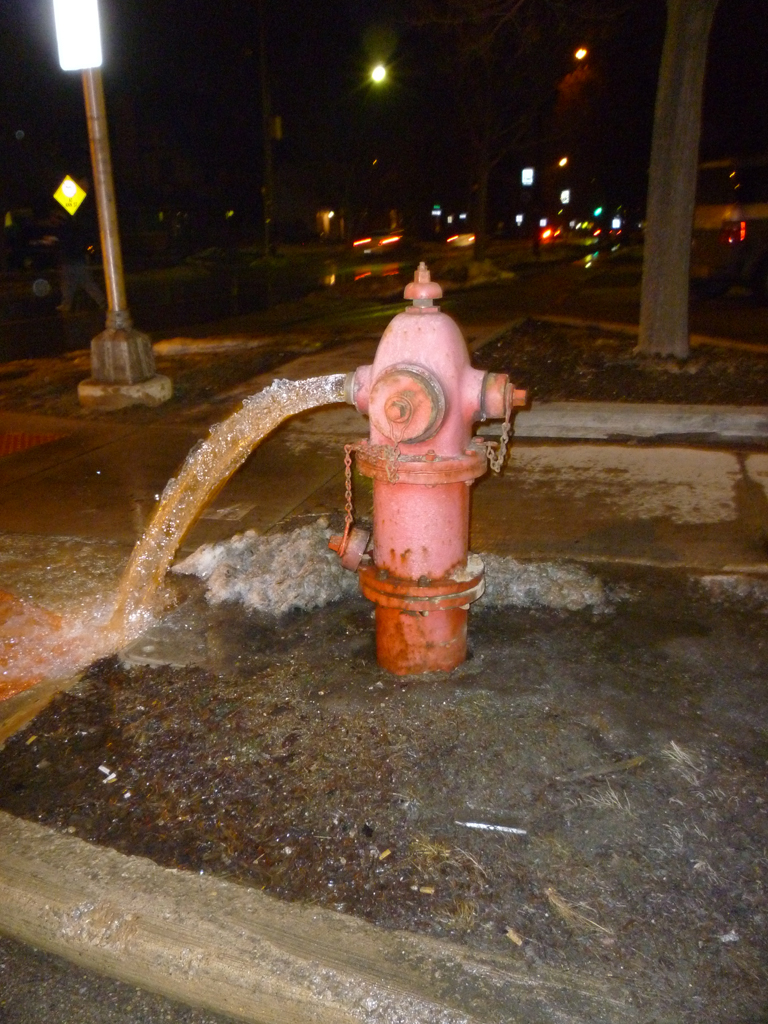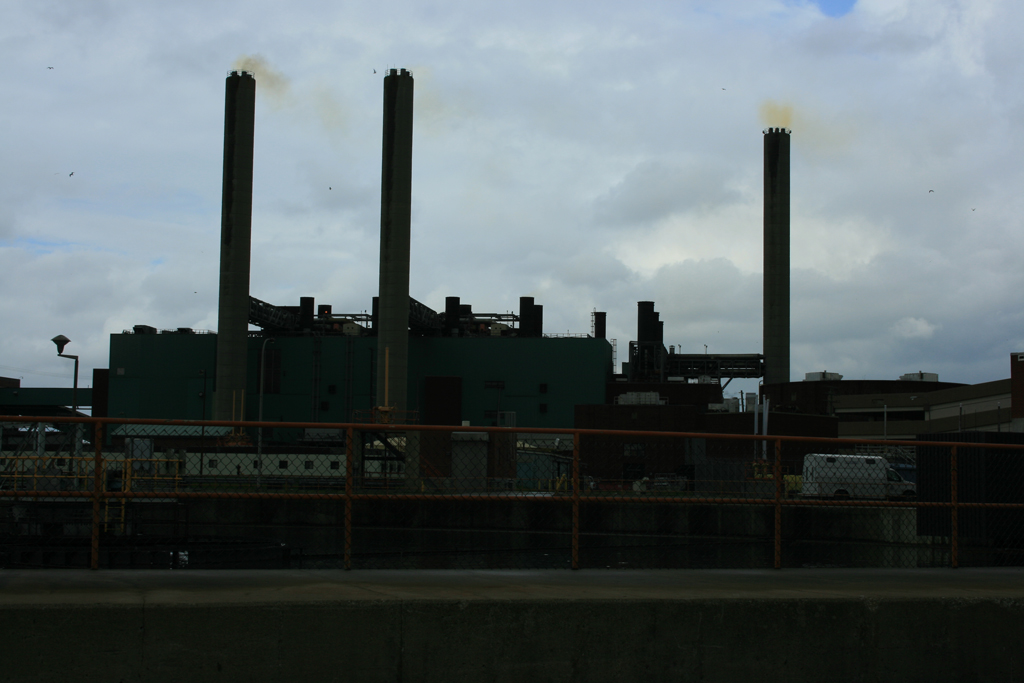
Photo Credit: Alex Mead
Pictured above is the Detroit Wastewater Treatment Plant solids incinerator in Detroit, MI. This waste water plant is the largest of its kind in the United States. The three smoke stacks vent the incinerators that are used to burn the solids retrieved from the clarifiers. The smoke is actually a yellowish green and the smell surrounding the facility is nearly unbearable, which is typically why waste water plants are located away from large populations.
